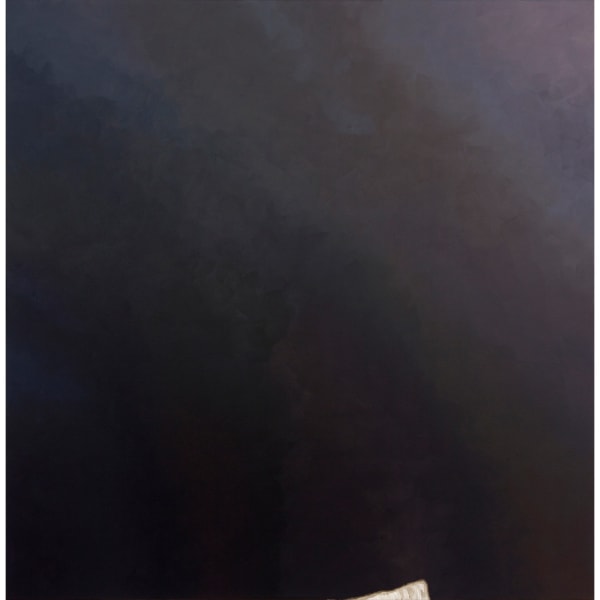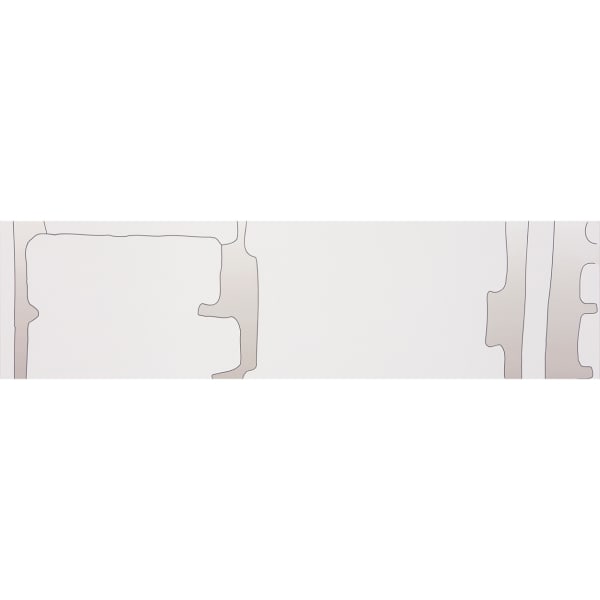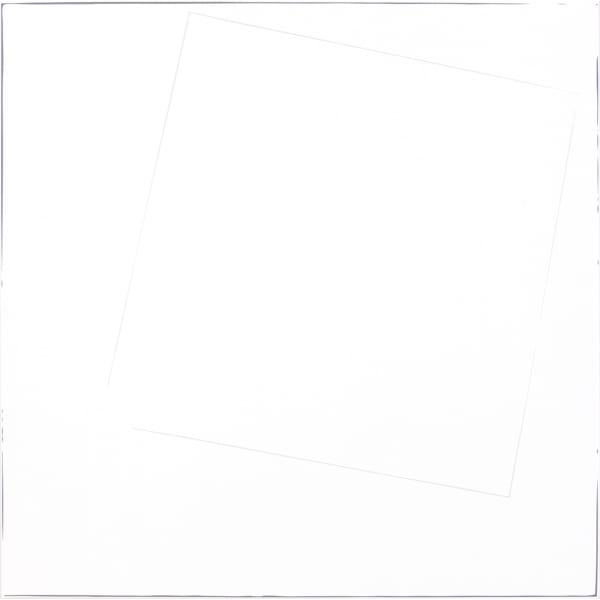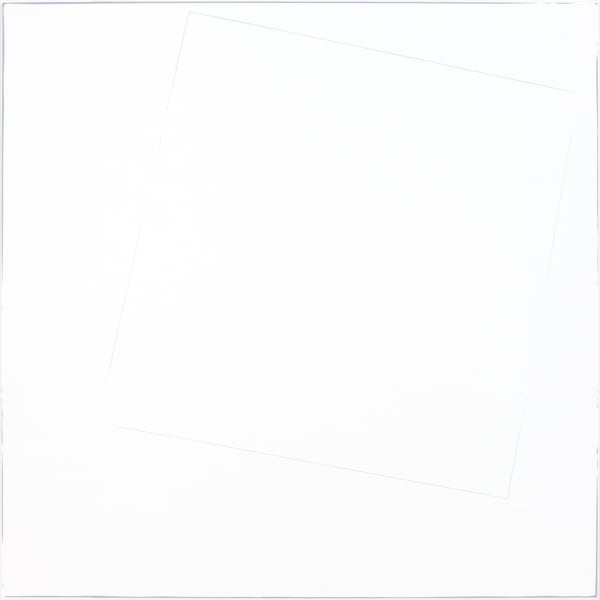Jugnet + Clairet
Background #12 (Marat), 2020-2021
Acrylic on canvas
129,54 x 142,24 cm
%3Cdiv%20class%3D%22artist%22%3EJugnet%20%2B%20Clairet%3C/div%3E%3Cdiv%20class%3D%22title_and_year%22%3E%3Cspan%20class%3D%22title_and_year_title%22%3EBackground%20%2312%20%28Marat%29%3C/span%3E%2C%20%3Cspan%20class%3D%22title_and_year_year%22%3E2020-2021%3C/span%3E%3C/div%3E%3Cdiv%20class%3D%22medium%22%3EAcrylic%20on%20canvas%3C/div%3E%3Cdiv%20class%3D%22dimensions%22%3E129%2C54%20x%20142%2C24%20cm%3C/div%3E
THE BACKGROUNDS SERIES To work from… Our research is based upon events and objects encountered in the outside world: deserts, the rarity of information, discrete units, minor changes, details, intervals,...
THE BACKGROUNDS SERIES
To work from…
Our research is based upon events and objects encountered in the outside world: deserts, the rarity of information, discrete units, minor changes, details, intervals, in-betweens constitute the universe of our work. Our point of view is peripheral, we are interested in the margins, the background, the depths.
The Backgrounds Series refer to the backgrounds in paintings, films, and comics.
Study rather than appropriation…
The trend of appropriation is to work on the minimum gap, our work is based on hindsight.
Study rather than appropriation - study gaining a real autonomy, in order to distance itself from its referent: a change of course.
The study consist in decomposing an image by various analysis systems, then reconstruct a new image according to our personal protocols.
Our work is based on changeover of different picture systems from one to another, the one from the primary artist to ours, each time renewed.
Specific protocols and processes….
Our issue is not to create new forms but to create the conditions of their emergence.
The beginning of a journey…
Each title becomes a clue, the beginning of a journey: “Marat”, “Trudaine”, “Young Bara”, “Still Life”, “In the Evening on the veranda”, “On a summer Sunday”, “D.A.A.A.”, “Shadow”….
Just a detail, a sign…
In the Backgrounds Series, we reframed the background and kept at the periphery of the iconic field a tiny portion of the figure.
We proceeded with two different graphic analysis, one for the detail, one for the background. Here two different protocols of execution, and also two different kind of factures are creating a tension inside the iconic field.
“Less is more”, a detail as an heightened field…
“Shadow” series refer to “White on white”. The facture and the two white values in the original painting didn’t come to our attention.
In this series, only the boundaries of two squares, the outlines of two different gray values (graphite gray) are painted on a white gesso.
The outline at the periphery of the iconic field, represents the shadow, the interval between the painting and its frame.
The outline of the square figure represents the unpainted space between the two white values of “White on white”.
In each “Shadow” painting, the outlines come from various graphic analysis, producing various dashed lines and various gray values.
Intervals, outlines and places of language…
The paintings “In the Evening on the veranda” & “On a summer Sunday” refer to a comic where color gradations are representing sunsets and desert landscapes. These topics belong to our pictorial, literary and cinematographic world.
We painted these backgrounds as long banners with color gradations. We kept the intervals, outlines, and part of “bubbles” of comics - all comics codes. We only erased the language.
Film was born of an explosive…
Bill Morrison's film “Dawson City: Frozen Time” (2016) traces the history of nitrate films (flammable films), from the end of the 19th to the beginning of the 20th century, in relation to the Canadian city of “Dawson” located on the Alaskan border. During the gold rush, Dawson City must have been very popular. It also corresponded to the end of the distribution chain for newsreels produced by Hollywood.
From 1911, the city gymnasium (D.A.A.A.) became a very famous movie theater, whose old swimming pool was later to serve as a storage place for nitrate films. The film reels will end up buried in the rubble of the building which will burn in 1937, and will be rediscovered at the end of the 1970s during the construction of a new building on the site of the former D.A.A.A. More than 500 films were to be found, damaged over time by humidity, significant alterations invading the image.
We have chosen a sequence from a 1919 newsreel reporting an explosion caused by a letter bomb sent by anarchists.
Referring to these altered images, we executed a series of grayscale paintings. We sought to restore the history of these images with regard to that of their materiality, confronting two systems of representation - one by means of stencils (adhesive vinyl), the other by a succession of glazes, thus seeking to create a significant relief, even a hollow, in the pictorial layer.
To be continued…
Our work, beyond an autobiographical dimension, explores and develops that which escapes the ordinary attention of the surrounding world and comes back to an intimate art history.
All that is imposed by sudden emergence, strangeness, dazzlement. All that request a steady gaze.
Related artworks
-
 Jugnet + Clairet, Background #8 (Marat), 2020
Jugnet + Clairet, Background #8 (Marat), 2020 -
 Jugnet + Clairet, Background #4 (Trudaine), 2019
Jugnet + Clairet, Background #4 (Trudaine), 2019 -
 Jugnet + Clairet, Background #38 (Marat), 2021
Jugnet + Clairet, Background #38 (Marat), 2021 -
 Jugnet + Clairet, Background #10 (Marat), 2020
Jugnet + Clairet, Background #10 (Marat), 2020 -
 Jugnet + Clairet, Background #23 (On a Summer Sunday), 2020
Jugnet + Clairet, Background #23 (On a Summer Sunday), 2020 -
 Jugnet + Clairet, Background #24 ( On a Summer Sunday), 2020
Jugnet + Clairet, Background #24 ( On a Summer Sunday), 2020 -
 Jugnet + Clairet, Background #26 (Shadow), 2020
Jugnet + Clairet, Background #26 (Shadow), 2020 -
 Jugnet + Clairet, Background #27 (Shadow), 2020
Jugnet + Clairet, Background #27 (Shadow), 2020 -
 Jugnet + Clairet, Background #28 (Shadow), 2020
Jugnet + Clairet, Background #28 (Shadow), 2020 -
 Jugnet + Clairet, Background #29 (Shadow), 2020
Jugnet + Clairet, Background #29 (Shadow), 2020 -
 Jugnet + Clairet, Background #44 ( D.A.A.A), 2022
Jugnet + Clairet, Background #44 ( D.A.A.A), 2022











